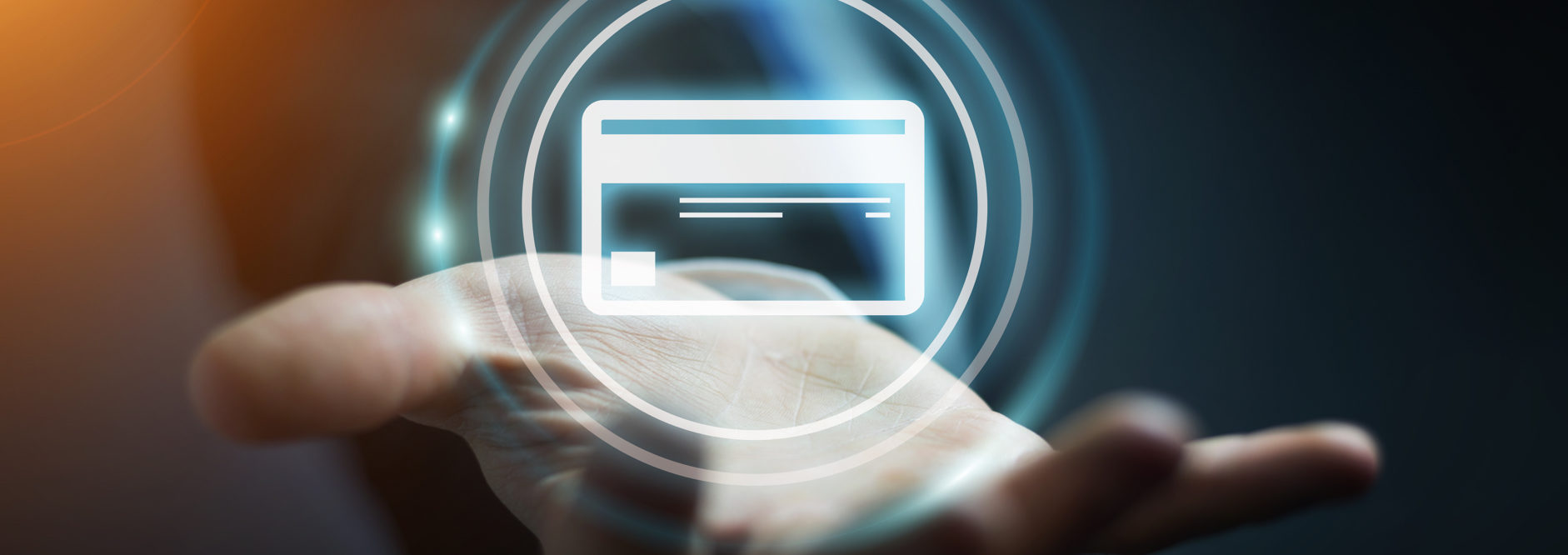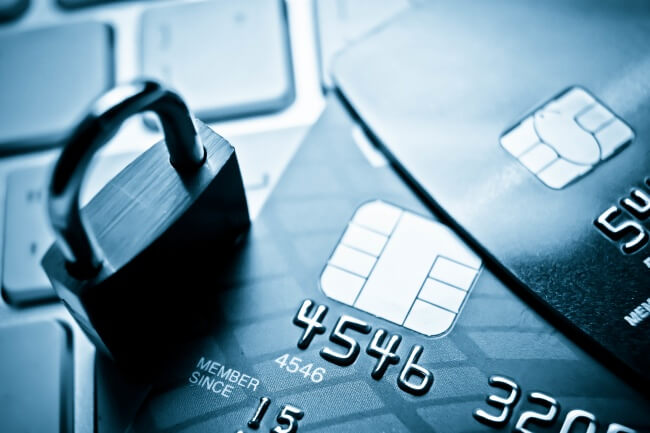
Payway 2019 Predictions: Card-Not-Present is the Future of Payments
“Venmo me” or “Zelle it” has become the way we speak to one another about transferring money. When did this become our new normal? When did our favorite cafes and restaurants suddenly allow us to pay with our phone? When did it happen that we could order a coffee and then have it ready for pick up without ever speaking with a barista or conducting a visible exchange of money and product? And, when could we have a box of clothes or a box of doggie toys that is designed “just for you” delivered automatically to our homes each month for a reccurring payment without ever having to step into a retail store?
How we pay for things we want and need, and the way we pay for them, is changing rapidly, even faster than we probably realize – both from consumers to business and between businesses. Just about all industries are being impacted by changes in the payments industry right now, including private healthcare, ticketing, and call centers. It’s evolving faster than ever before, and we often can’t remember a time when digital payments were not normal.
As the payments industry transforms before our eyes, what does its future hold in 2019?
Customers want speed, convenience and security, and that is what the future of digital payments is ready to deliver.
It will be an exciting year, because while we’ll see more of the same, we’ll also see a huge uptick in growth and acceptance as consumers and businesses embrace many trends – including contactless payments and card-not-present.
Here are several trends we can expect this year that involve contactless and card-not-present payments.
- Wearable devices: Wearable devices, such as a watch with a payment component so you don’t have to carry a wallet or phone to make a payment, will continue to become big in 2019. Wearable devices will certainly make it easier for consumers to pay when they’re active. There is increasing acceptance of wearables and payments too that go beyond the Apple watch. We expect to see more wearable technologies launched to keep up with this trend in the New Year. For example, Bankwest Halo, a company in Australia, this year launched a ring that incorporated contactless cards payment information. So whether you are out for a jog or juggling your groceries or kids, you have access to buying your coffee on the go! We expect to see more of this type of innovation in 2019.
- Facial recognition: In 2019, we could be using our face more often as authentication for online payments. There is software that works by analyzing your face, matching it with a database of photos, and then matching it with your stored payment of choice. Face-based technologies are on the rise, and utilizing artificial intelligence allows companies to tailor a payment to an individual’s personal experience. Instead of using a credit card, which can be stolen, customers could make purchases with only their face. This year, some fast food restaurants have already allowed customers to pay for their orders with their face – enhancing a customer’s experience and making purchases quick and simple. “Say cheese” might have a whole new meaning next year.
- Same-day ACH Payments and Instant Payments: Instant payments are closer than ever, and “same-day ACH” has been paving the way. Are we using them today? Yes and no. Yes, because U.S. banks are using a third-party instant payments system such as Zelle or Venmo. No, because existing ACH payments still use the existing ACH network. We know we currently have to have at least one business day for funding. This is about to change. After all, we’ve become a society of instant gratification. We’ll start to see same-day ACH transactions settle within two hours and funds available the same day. This will be very beneficial for payroll, bill payments, and B2B payments. The instant payment technology will solve the need we all have for quicker more secure payments and offer an alternative to both mobile- and EMV-based technologies. The current ACH Network originated in 1974 and has yet to have major modernization to keep up with the changing times. 2019 will be the year that we see these big changes.
- QR Codes: Quick Response (QR) codes were a bit ahead of their time. They have been around for a while, but never really took off. We expect that 2019 will be the year they see a comeback. Why? Apple’s latest phones include a built built-in QR scanner in its camera, and other mobile devices are also starting to incorporate this as a highlighted feature. Scanning a QR code can now be completed quickly, without having to download an app. QR codes have experienced popularity in other avenues such as mobile tickets to a show, airplane tickets, coupons in a supermarket or fast payment linked to credit cards. Just ask anyone who has a Dunkin’ Donuts app if they can live without their QR code scan? And, since mobile devices are now the platform of choice for things like mobile payments and mobile wallets, consumers are now starting to feel more comfortable with QR codes. Another example of a card-not-present app that we could see have new life next year.
Conclusion:
Is 2019 the start of something new in the industry, or more of the same? In the payment industry, the core principal or function is always the same. Whether the transaction originates from a credit card imprinter with raised credit cards and multi-layer credit card sales slip paper, an old-style land line-based modem connection to a network processor, or the newest API, Gateway or new technology that just came out . . . they are all transactions!
The exciting part is how we are now interacting with the transaction – and how that’s being driven by consumers and businesses wanting fast, easy, secure frictionless payments. Where will that lead us? Stay tuned for an exciting ride in 2019!




